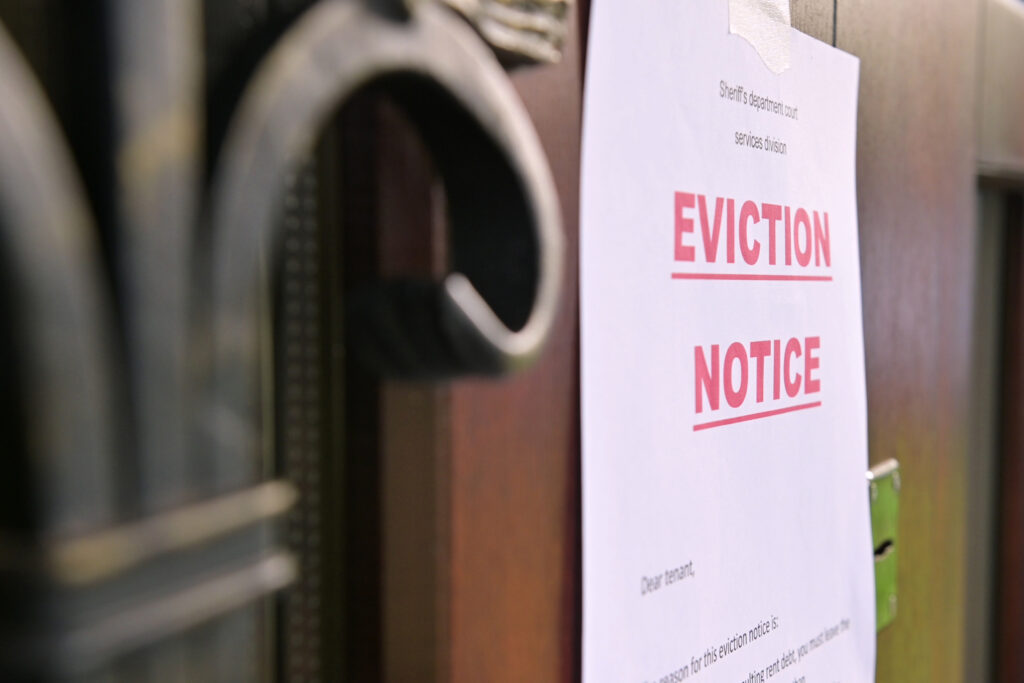
Virginia does not make it easy for landlords looking to pursue a tenant for non-payment of rent. While it does lay out a general process, the Virginia Residential Landlord Tenant Act has many details that can get buried as to the specifics. Most landlords are aware of the 5-Day Pay or Quit letter and attempt to send one. Then when still no payment is received from the tenant, they file for Unlawful Detainer. While this is the correct process in certain cases it is not the only process – and even when it is the correct first step – what many landlords don’t know is that if certain elements are missing from that initial notice, there’s a chance the entire Unlawful Detainer suit could be thrown out, causing them to have to start the process over from square one.
What a landlord should and should not include in any pay or quit letter will depend on the facts surrounding your case, the specific terms of your lease, the reason you are seeking to evict someone in the first place and the Code of Virginia itself. Navigating the VRLTA as a landlord can be daunting, but by ensuring you are issuing a notice with all of the relevant and required provisions, you will be setting up a solid foundation for the rest of the process, should you need to move forward with pursuing an eviction.
Should you wish to evict a tenant (or if you are a tenant seeking to defend against eviction) the attorneys in our office can help. The first step would be to reach out to us at info@wmmlegal.com or at (804) 423.1382 to set up an initial consultation.
EL AVISO DE DESAHUCIO DE 5 DÍAS: ELEMENTOS ESENCIALES
Virginia no se lo pone fácil a los propietarios que quieren perseguir a un inquilino por impago del alquiler. Si bien establece un proceso general, la Ley de Arrendadores e Inquilinos Residenciales de Virginia (”VRLTA”) tiene muchos detalles que pueden quedar enterrados en cuanto a los detalles específicos. La mayoría de los propietarios conocen la carta de “5-Day Pay or Quit”, o la notificación de desalojo, e intentan enviar una. Entonces, cuando todavía no se recibe ningún pago del inquilino, presentan una Demanda de Retención Ilegal. Si bien este es el proceso correcto en ciertos casos, no es el único proceso – e incluso cuando es el primer paso correcto – lo que muchos propietarios no saben es que si faltan ciertos elementos en ese aviso inicial, existe la posibilidad de que toda la demanda de Retención Ilegal sea desestimada, haciendo que tengan que empezar el proceso desde cero.
Lo que un propietario debe y no debe incluir en cualquier carta de pago o desalojo dependerá de los hechos que rodean su caso, los términos específicos de su contrato de arrendamiento, la razón por la que está tratando de desalojar a alguien en primer lugar y el propio Código de Virginia. Navegar por el VRLTA como propietario puede ser desalentador, pero al asegurarse de que está emitiendo una notificación con todas las disposiciones pertinentes y requeridas, estará estableciendo una base sólida para el resto del proceso, en caso de que tenga que seguir adelante con la búsqueda de un desalojo.
Si desea desalojar a un inquilino (o si usted es un inquilino que busca defenderse contra el desalojo) los abogados de nuestra oficina pueden ayudar. El primer paso sería ponerse en contacto con nosotros en info@wmmlegal.com o en (804) 423.1382 para establecer una consulta inicial.